We use cookies to improve and analyse your browsing experience on our web. You can accept these cookies, reject them or choose your settings by clicking on the corresponding buttons. Please note that rejecting cookies may affect your browsing experience. For more information you can consult our Cookies policy.
Cookies are an essential part of how our web works. The main goal of cookies is to make your browsing experience more comfortable and efficient and to improve our services and the web itself.
Here you can find all the information about the cookies we use and you can activate and/or deactivate them according to your preferences, except for those cookies that are strictly necessary for the operation of the web. Blocking some cookies may affect your experience on the web and how the site works. For more information you can visit our Cookie Policy.
These Cookies are necessary for the web to function and cannot be disabled on our systems. They are generally only set up in response to actions you may take such as requesting services, setting your privacy preferences, logging in or completing forms. You can set your browser to block or warn you about these cookies, but some parts of the web will not work. Information about Cookies.
These Cookies allow us to count the number of visits and traffic sources so that we can measure and improve the performance of our site. They help us to find out which pages are the most popular and least popular, and to see how visitors move around the web. All information collected by these Cookies is aggregated and therefore anonymous. If you do not allow these Cookies we will not know when you visited our web. Information about Cookies.
These cookies are used to analyse your activity in order to show you personalised advertisements. Information about Cookies.
Change theme

Revision mode

Before the arrival of Islam, the inhabitants of the Arabian Peninsula were divided into nomadic tribes that travelled around the extensive Arabian Desert. They worked in livestock farming and traded in groups called caravans. They shared the same language and were polytheists, meaning they worshipped various gods. There were frequent conflicts among them for control of trade routes and oases.
To the south of the peninsula there was a fertile region (the Yemen), where farming was possible. A prosperous trade route was established between this region and the Mediterranean civilisations. The city of Mecca was in the middle of this route.
In 610 A.D., Muhammad, a merchant from Mecca, claimed he had been visited by the Angel Gabriel, who revealed a new religion to him. From then onwards, he dedicated his time to preaching the new religious doctrine, according to which there was only one god: Allah. His enemies expelled him and his followers from Mecca in 622 A.D., so they moved to Medina. This event, known as the Hegira, marks the first year of the Islamic calendar.
Muhammad became successful in Medina and years later, in 630 A.D., the Muslims defeated the inhabitants of Mecca and Muhammad returned triumphant to this city. He suppressed the polytheistic cults but respected the holy stone, or Kaaba. The city became Islam's main religious centre. When Muhammad died in 632 A.D., most of the Arab tribes had submitted to his authority.
The causes of this rapid expansion were:
|
THE EVOLUTION OF THE MUSLIM EMPIRE
.jpg?idcurso=1013449) Muhammad and his followers 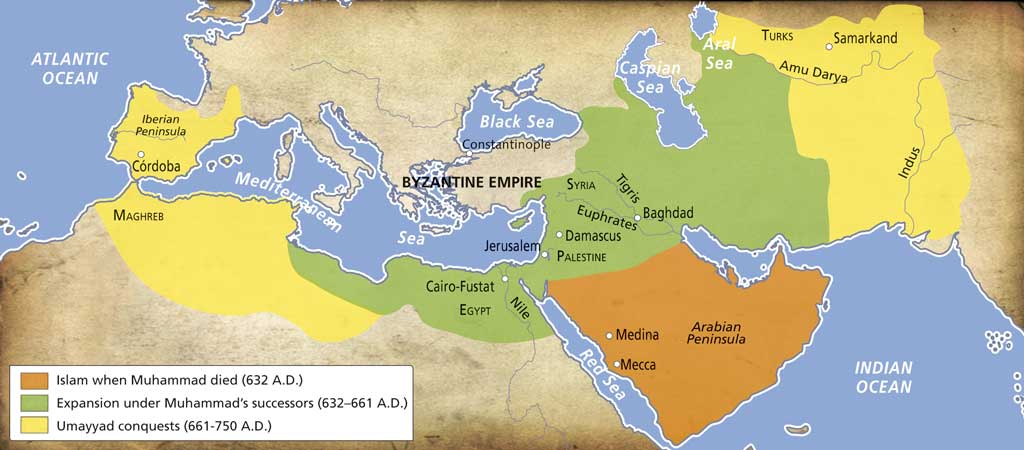

|
The main political positions in the caliphate were:
Agriculture
The Arabs maintained their tradition of livestock farming. They obtained milk, meat, wool and leather from their flocks of goats and sheep. They used dromedaries, donkeys and horses to transport people and goods.
Since the Arabs came from desert regions, they took care to gain the maximum benefit from water. Therefore they spread the use of agricultural irrigation systems: wells to obtain water from the sub-soil; reservoirs in which they collected rainwater; dykes, which were small canals through which they distributed water; and waterwheels and terraces to make cultivation and irrigation easier in hilly areas.
They also increased the use of techniques for preserving food in salt (salting) and in vinegar or oil (pickling). They introduced new crops from Asia throughout their domains, such as rice, cotton, sugar cane, citrus fruits (oranges and lemons) and vegetables (such as aubergines, carrots and spinach). These crops arrived in Europe thanks to the Arabs.
Trade and craftwork
Trade became the main source of wealth in the caliphate. It developed greatly, as the caliphate replaced the Byzantine Empire as the crossroads of land, river and sea trade routes from:
This extensive network of trade routes also encouraged the development of craftwork. The Muslims were famous for making products such as textiles, rugs, jewellery, weapons and glass and ivory objects. For the local market they also made bricks, tiles, ceramics and wicker objects.
To make trade easier, all of the lands in the caliphate began to use the same currencies: the gold dinar and the silver dirham.
|
MUSLIM CITIES 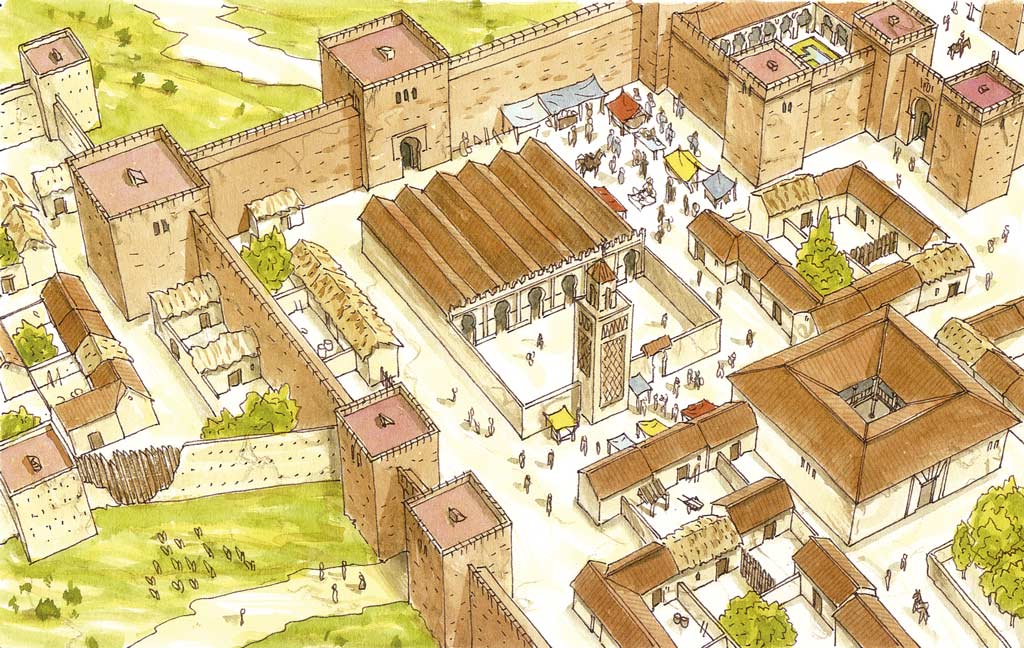
|
Muslim women
Muslim families followed the same patriarchal tradition as other civilisations at that time. This meant that women were subordinate to men (their husband or father) and did not leave the house very often. The veil became obligatory for women, a custom that the Muslims adopted from the Byzantines and Persians.
– families of Arab origins, descendants of the conquerors, who held the main political posts.
– important families from the occupied territories, who had converted to Islam but were not Arabs and held less important political posts.
– people who had converted to Islam.
– people who practised other religions, such as Christians and Jews. Their customs and religions were respected. They had limited rights and paid more taxes than the Muslims, so it became common to convert to Islam. Once people had converted, they could not retract, as Islamic law severely punished Muslims who changed religion.
– slaves, of Turkish, Slav or African descent. There were not many slaves and if they converted to Islam, they gained their freedom. This was because it was forbidden to have Muslim slaves.
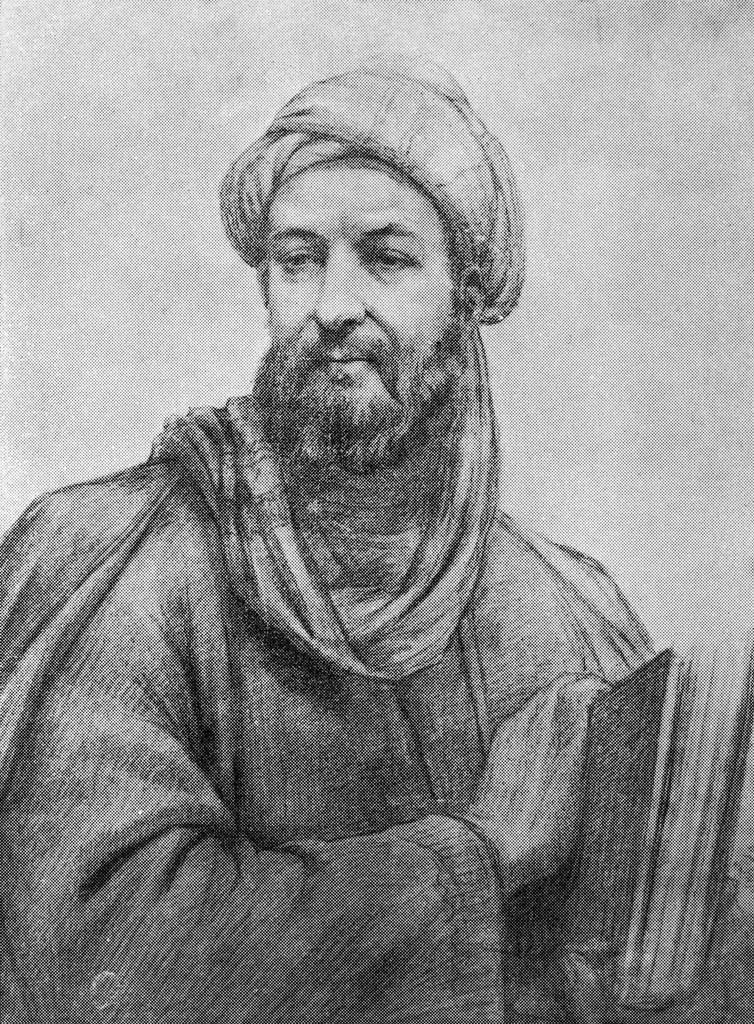
Averroes and Avicenna were among the great Muslim thinkers.
Averroes was from Córdoba. He translated and studied Aristotle. Due to his works, Aristotle's thought became well-known in Europe.
The Persian Avicenna studied medicine, astronomy, philosophy and physics. In his work The canon of medicine, he compiled all the medical knowledge of the time. This became the main source of medical information for centuries.
The Arabic language replaced native languages from Morocco to Iraq. In Persia and the territories further to the east, people retained their native languages, although they converted to Islam.
Philosophy, science and Muslim art adopted features from other cultures:
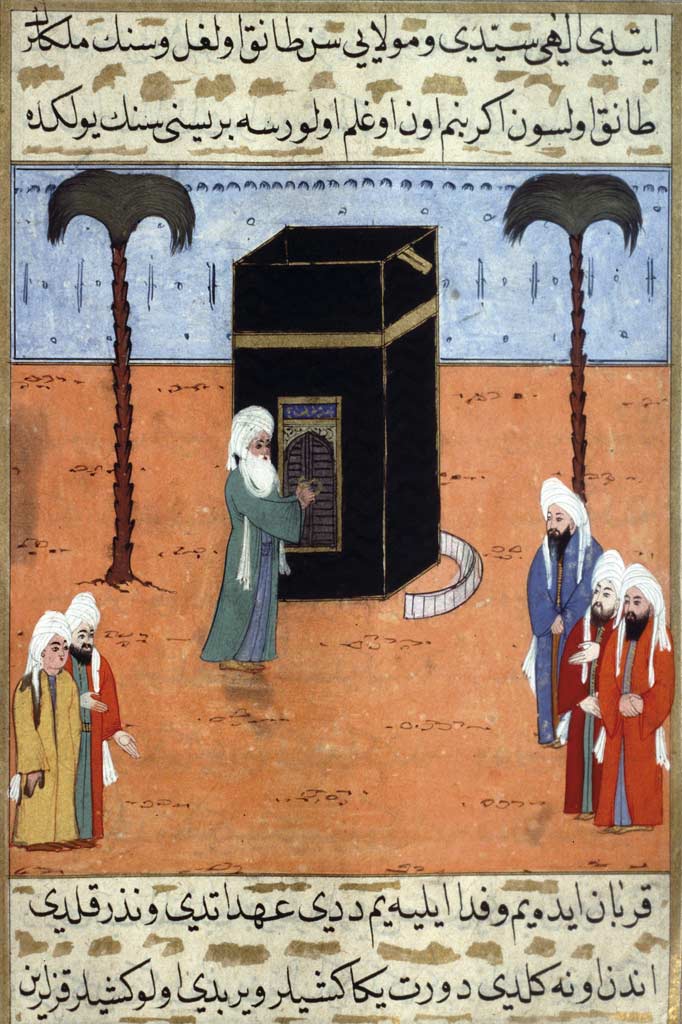
Islam means submission. The holy book of Islam is the Koran. According to Islam, the Koran is a collection of God's revelations to Muhammad. It was written after Muhammad's death in order to record the words attributed to him. It was divided into suras, or chapters.
The Five Pillars of Islam are stipulated in the Koran. All Muslims must respect them.
Sufi Muslims seek spiritual enlightenment through music and prayer. Their beliefs are similar to Pantheism (God is everywhere) and they are therefore mistrusted by both Sunnis and Shias.
The Koran also stipulates other rules which are considered law in Muslim states. This is known as Sharia, or Islamic law. Some examples are:
In Islam, there are no priests, although there are imams, who lead prayers, and ulamas, who study the Koran.
There are different denominations within Islam:
Islam accepts the stories of the Bible, but considers that Jesus Christ is just another prophet and not the son of God (as the Christians believe).
Decorative design is very important in Muslim art. As human figures could not be depicted, artists used beautiful calligraphy, arabesque or foliate ornaments (shaped like leaves) and lattice-work (geometric shapes). These designs were repeated in various formats, such as in painting, sculpture, mosaics, ceramics, plasterwork and miniatures.
The main buildings were religious temples called mosques (such as those in Mecca, Medina, Jerusalem, Damascus, Cairo, Samarra, Kairouan and Córdoba), palaces (such as the Umayyad Palace in Damascus and the Abbasid Palace in Baghdad) and mausoleums, or monumental tombs, (such as Timur's mausoleum in Samarkand and the Taj Mahal in Agra, India). Muslim architecture adopted features from different cultures: semi-circular arches and coloured keystones from Rome, golden domes and vaults from the Byzantine Empire, lobed arches from the East and horseshoe arches from the Visigoths.
Muslim architecture was characterised by the use of cheap materials, such as brick, covered with attractive materials, such as tiles, and by rich decoration.
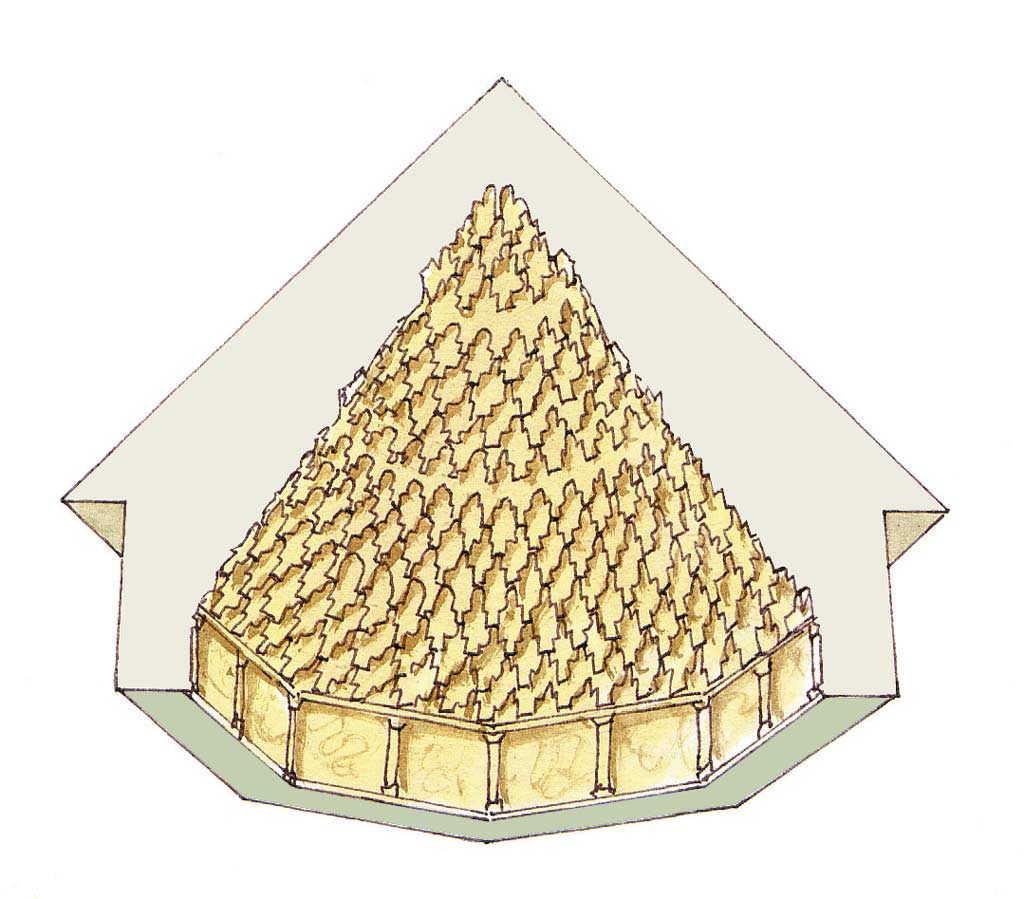
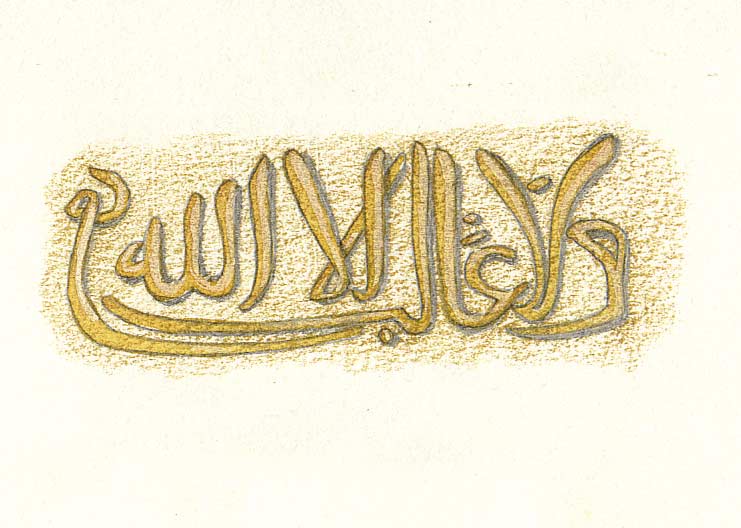
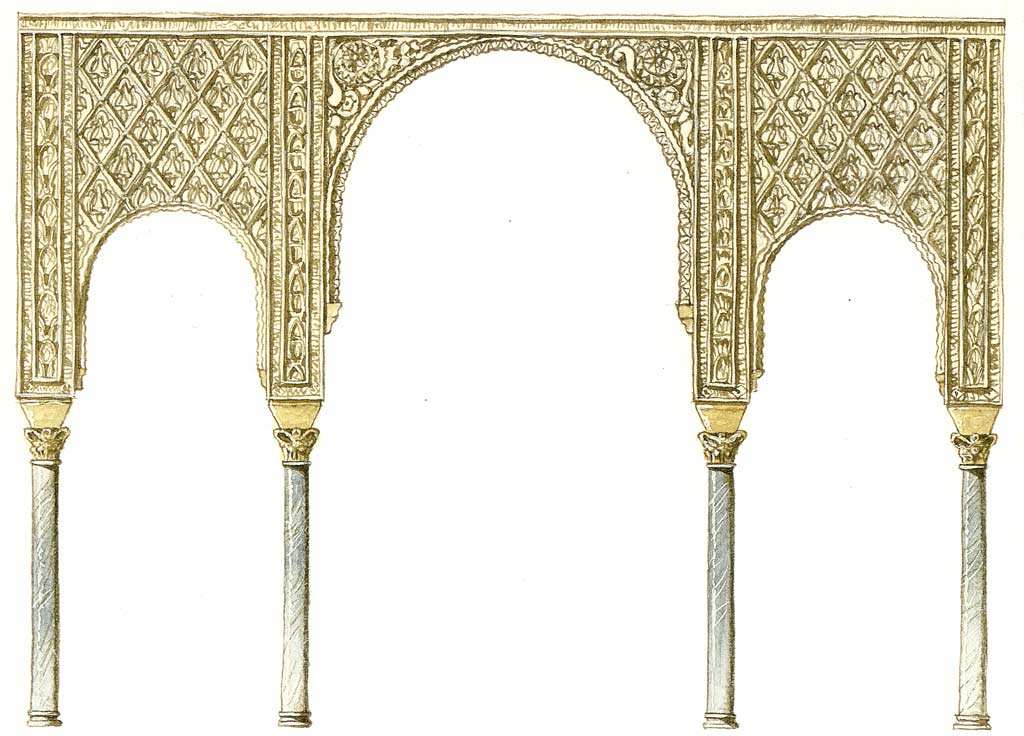
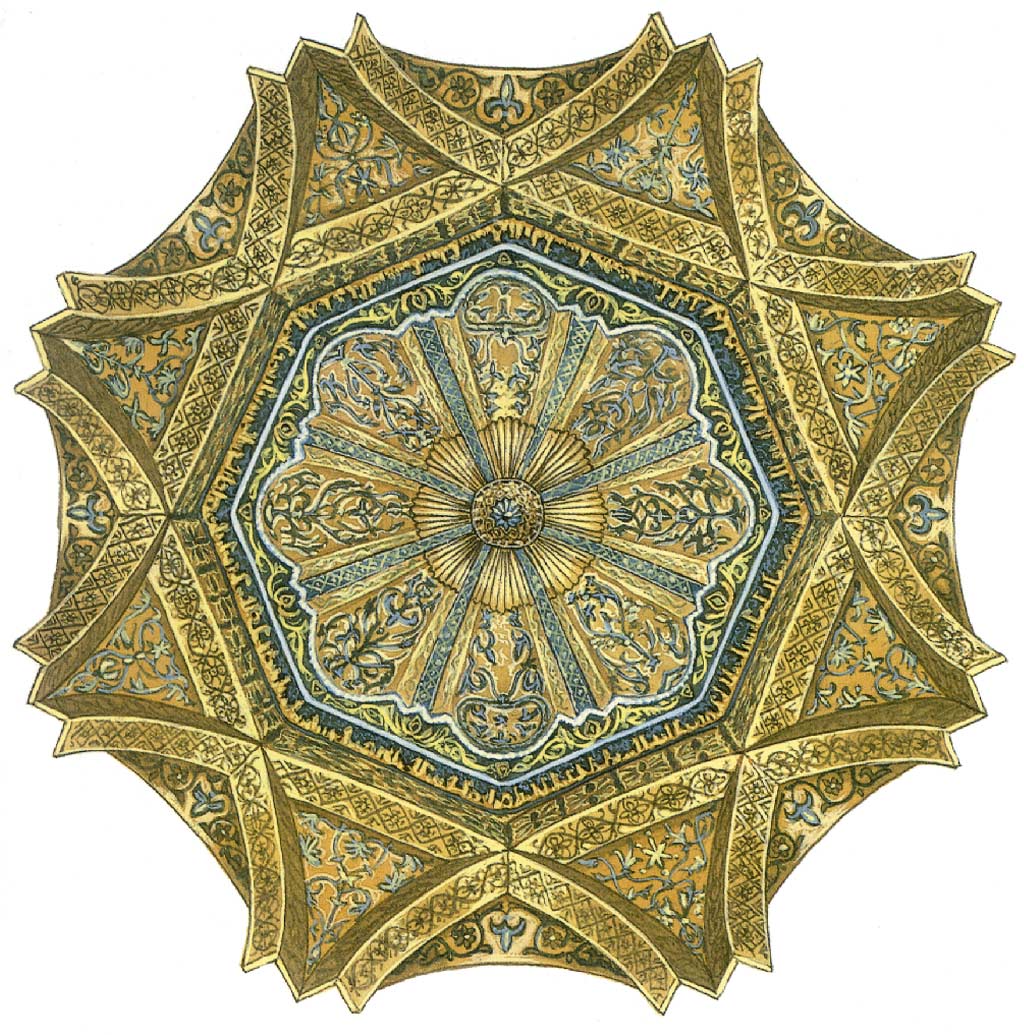
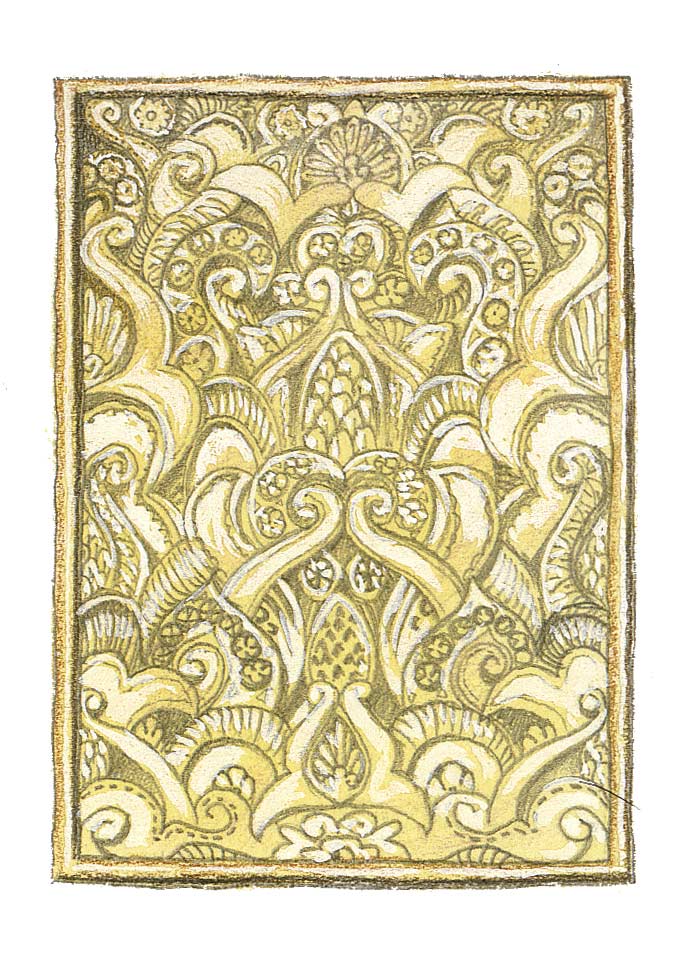
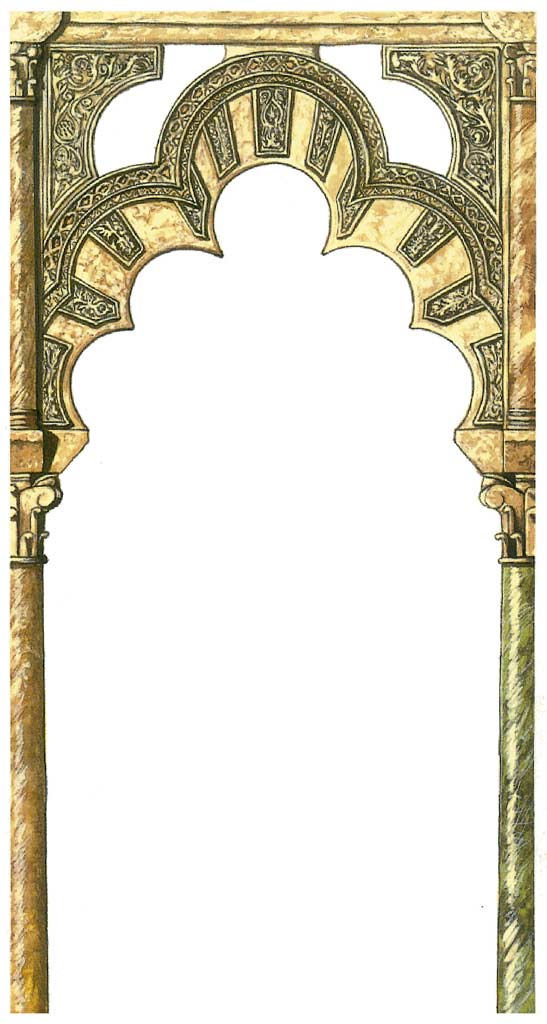
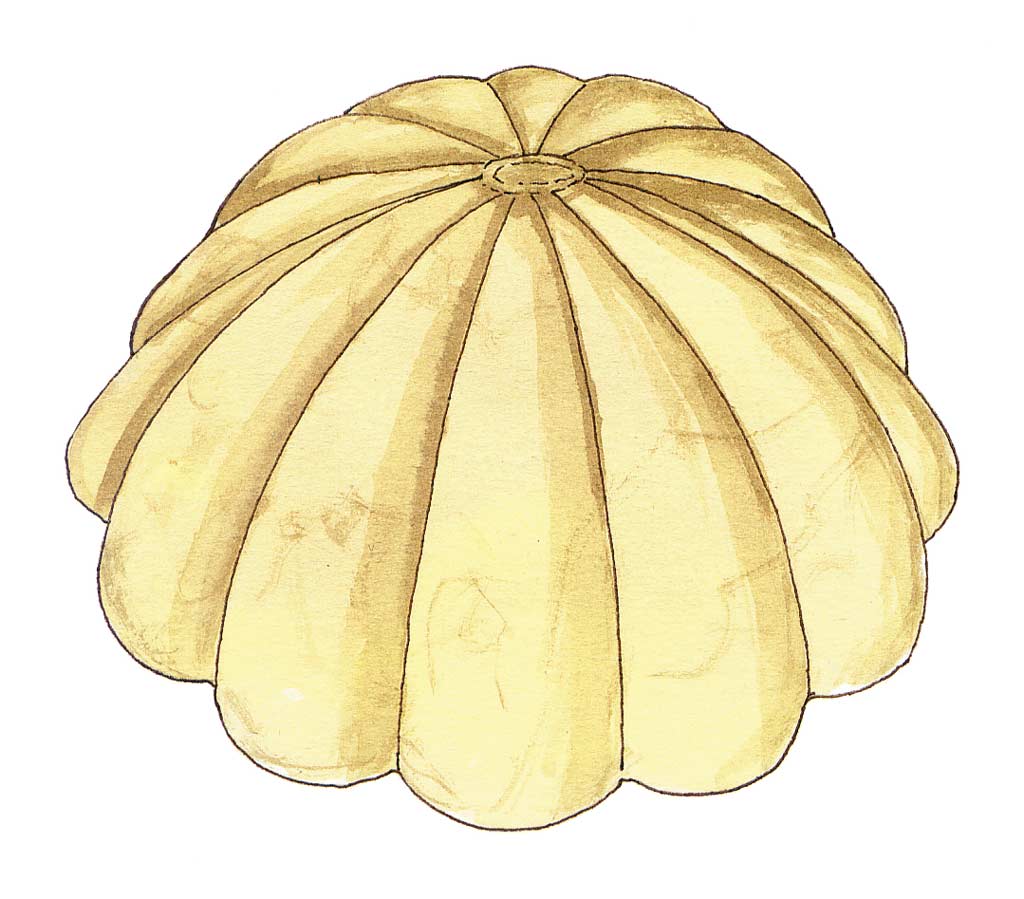
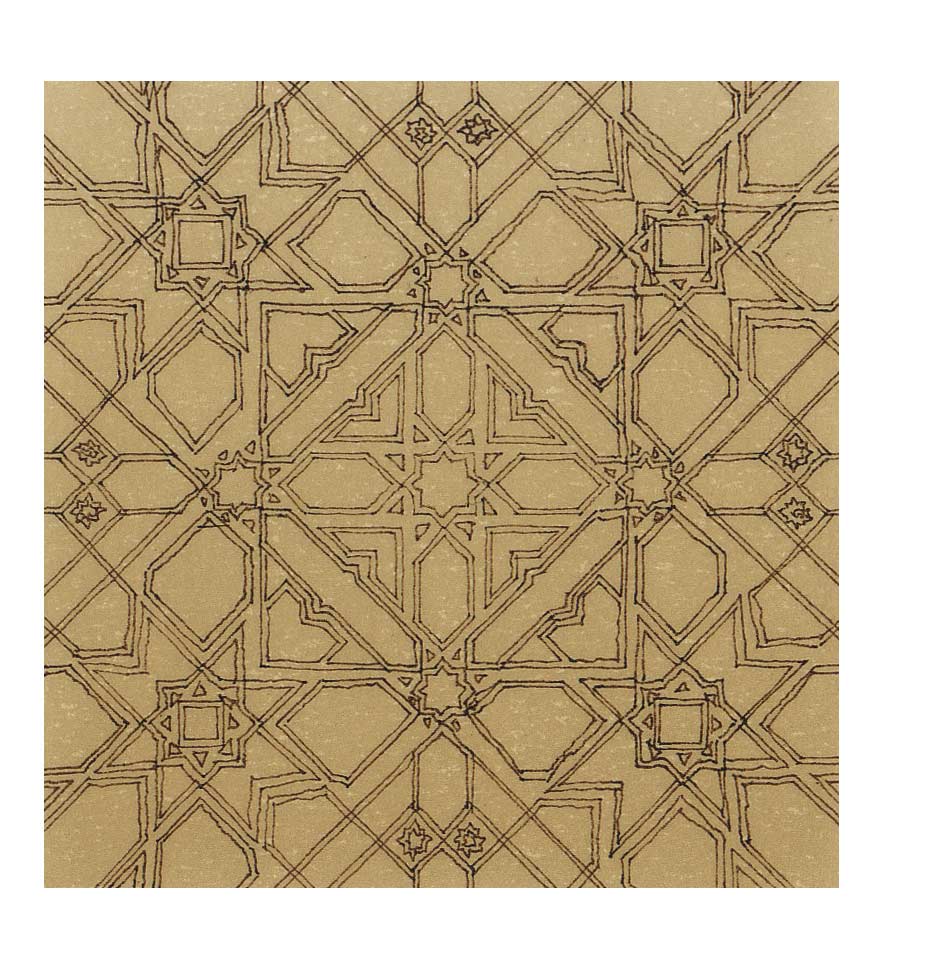
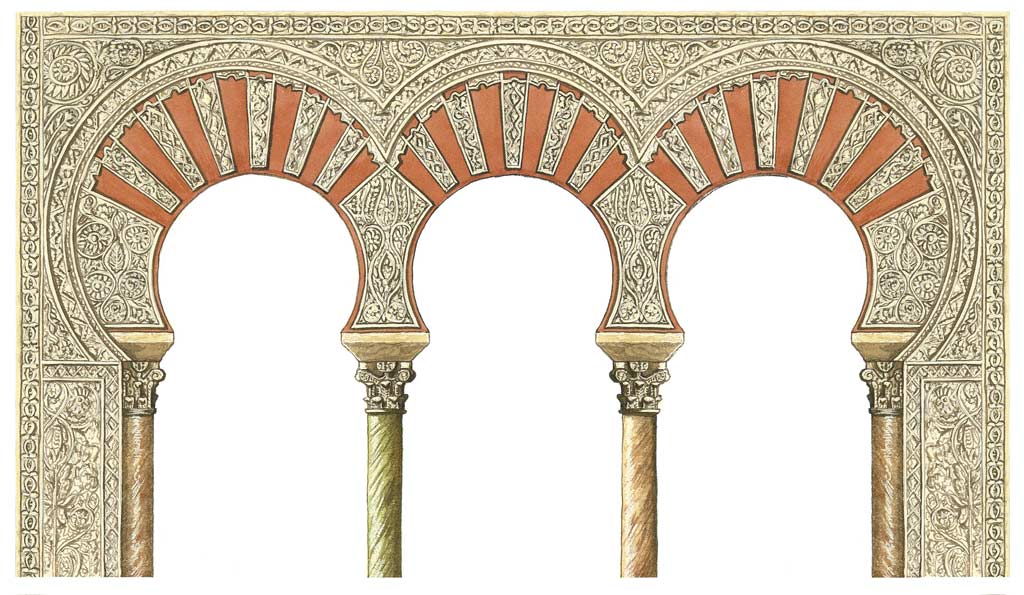
Activity 34
Understand
Activity 35
Why did Islam spread so rapidly?
Activity 36
Look at the map and answer the questions.
Activity 37
Activity 38
Make a flowchart showing why the caliphate experienced a crisis in the 10th century.
Activity 39
Create
Activity 40
Understand
Activity 41
Why did the caliphate have a more developed urban life than Western Europe in this period?
Activity 42
Apply
Activity 43
How many times a week do you consume food products that the Muslims brought to Europe?
Activity 44
Create
Activity 45
Understand
Activity 46
What are the differences between Sunnis and Shias?
Activity 47
Where does Islamic law come from?
Activity 48
Explain these terms in your own words:
Activity 49
Evaluate
Activity 50
Create
Activity 51
Understand
Activity 52
Create
Activity 53
Find out where these Muslim buildings are: an example of a mosque, palace and mausoleum built in Muslim lands during the Middle Ages.
Activity 54
Write the name of each of the buildings in activity 53, the year it was built, the governor who commissioned it and a brief description of it.

